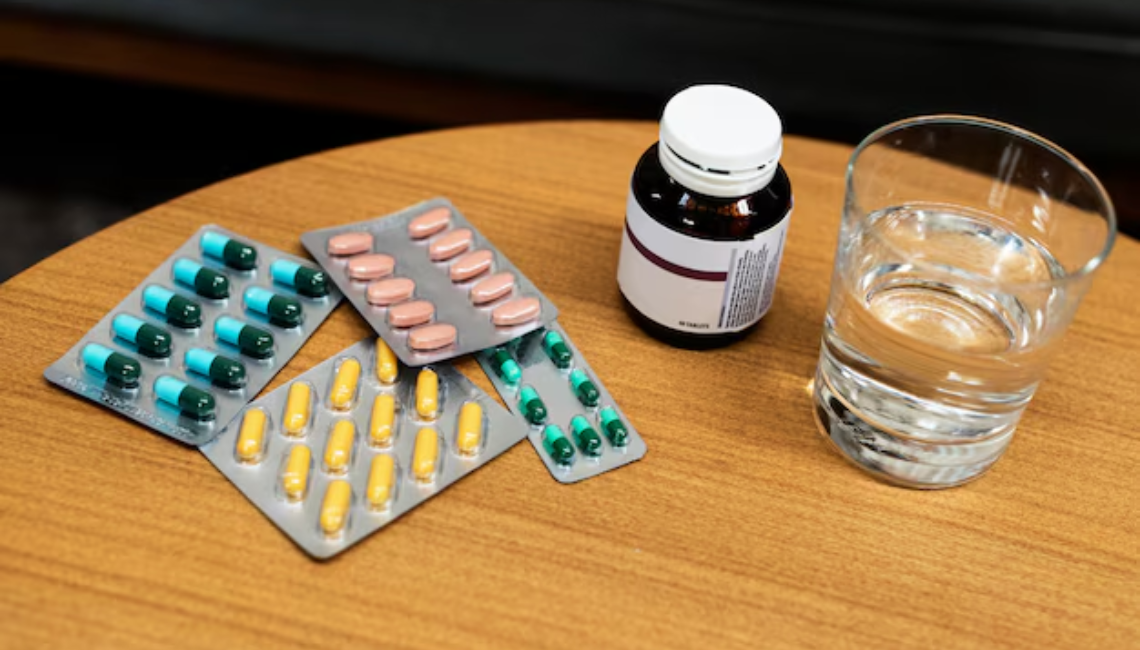In September 2025, glucagon-like peptide-1 (GLP-1) receptor agonists semaglutide, liraglutide, dulaglutide and tirzepatide were listed as part of the World Health Organization (WHO) Model List of Essential Medications (EML). The medications that have begun to regulate the disease type 2 diabetes have been effective in reducing weight loss and reducing the consequences of weight gain. Their inclusion is a significant shift in international health policy and has far reaching implications on health of the general population and the economies.
Health Implications
GLP-1 receptor agonists work by stimulating the secretion of insulin, suppressing glucagon and causing satiety through imitating the GLP-1 hormone. The measurements lead to an improved glycemic regulation and weight decrease. The reason why the drugs should be included in the EML is because there is existing evidence that points to their possible utility in the management of type 2 diabetes particularly when they are undertaken in patients who also have comorbidities such as cardiovascular disease, chronic kidney disease and in cases that are underscored by obesity.
This particular inclusion is applicable in countries with low and middle-income (LMICs) where the prevalence of type 2 diabetes and obesity is on the increase. According to estimates by WHO, approximately 830 million people globally have diabetes with an overpopulation increase in LMICs. The presence of effective treatment with the use of GLP-1 receptor agonists may shift the disease process and improve its quality of life.
Economic Implications
Economic effects of GLP-1 receptor agonists are not unidimensional as they include direct healthcare expenses, productivity, and general effects on society.
-
Costs and Affordability of Healthcare
GLP-1 receptor agonists may be quite expensive in the countries with high income. In the United States, monthly costs may vary between 700 and 1300 without insurance cover. This economic cost may restrict access among most patients including the insured. The introduction of these drugs to the EML by WHO is meant to encourage the generic manufacture and negotiate prices, which may help to lower the cost and increase access in LMICs.
-
Productivity Gains
On the one hand, obesity and type 2 diabetes can also result in lower workforce productivity through high absenteeism and reduced work capacity. These problems can be addressed by the introduction of effective interventions, such as GLP-1 receptor agonists. According to a study by Goldman Sachs, the extensive use of these medicines in the U.S. would increase GDP by 1 percent by enhancing the productivity of the workforce and by saving healthcare spending.
-
Long-Term Health Savings
Prevention intervention may also be cost-effective in the long term. GLP-1 receptor agonists have the potential to decrease the number of costly medical operations by lowering the prevalence of such medical complications as heart disease, stroke, and kidney failure. In a research conducted at the University of Chicago, it was found that the health benefits that these drugs may offer in the long run could compensate for the high initial costs, though they must be made available to a wider population.
Consideration of Policies and Implementations
To ensure that the use of GLP-1 receptor agonists by the WHO is translated into real health outcomes, some policy aspects are necessary:
-
Generic Production and Local Manufacturing: It is possible to promote the production of generic options, which will help to save money and enhance accessibility. Nations such as India, which have a strong pharmaceutical production industry, are in a good position to manufacture cheap alternatives to these drugs.
-
Strengthening of Healthcare Infrastructure: GLP-1 receptor agonists should be distributed and administered by trained medical staff and should be available in sufficient infrastructure, especially in rural and underserved regions.
-
Public Awareness Campaigns: The effectiveness of using these medications could be facilitated by creating awareness among the population of the benefits and proper use of these drugs to improve the health outcomes.
-
Monitoring and Evaluation: Systems are put in place to keep track of the effectiveness and safety of GLP-1 receptor agonists use in various populations to ensure that whenever there are some adverse effects, they are handled in time.
Conclusion
The addition of GLP-1 receptor agonists to the WHO Essential Medicines List is one of the key milestones in the global fight against obesity and type 2 diabetes. Although issues of cost and accessibility will persist, the health and economic potential gains of this policy decision justify the importance of this policy decision. In such a country as India, the national health strategies should be in line with the recommendations of the WHO, which may result in better population health and a more sustainable healthcare system. With the world at large dealing with the two issues of diabetes and obesity, the incorporation of new therapies such as GLP-1 receptor agonists will play a central role in the creation of a healthier future.







